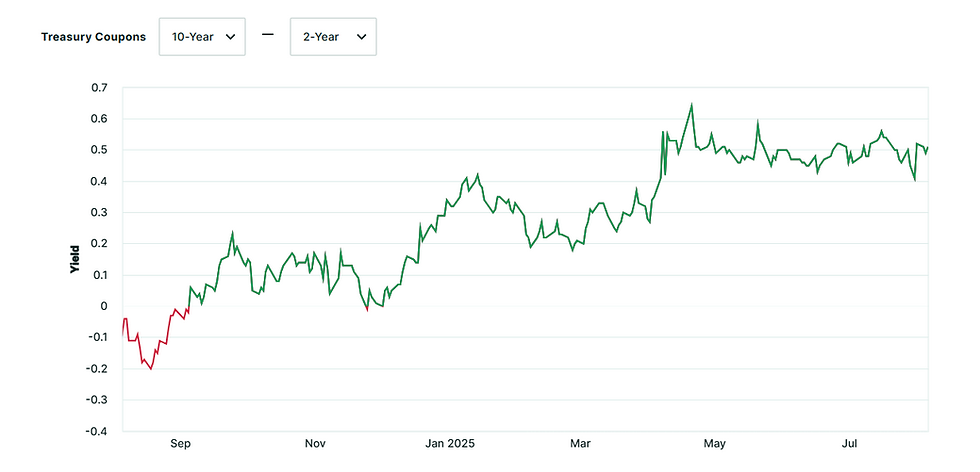Loan Assumption: Transferring Mortgage Responsibility
- Michael Belfor

- 21 hours ago
- 2 min read
Updated: 30 minutes ago

A loan assumption occurs when a homebuyer takes over the seller’s existing mortgage instead of securing a new loan. This process can be beneficial for buyers, especially when interest rates have risen since the original loan was taken out. With a loan assumption, the buyer can take advantage of the seller’s lower interest rate, potentially saving a significant amount over the life of the loan.
One of the key benefits of loan assumptions is the potential for lower monthly payments. If the seller secured their mortgage when interest rates were lower, the buyer could assume the loan and lock in that lower rate, even if current market rates are higher. This can be a big advantage in a rising-rate environment and make a home more affordable.
However, not all mortgages are assumable. Most conventional loans do not allow for loan assumptions, but government-backed loans, such as FHA, VA, and USDA loans, often do. It’s important for both buyers and sellers to confirm with the lender whether the loan is assumable and what the terms are for transferring the mortgage.
Another important factor to consider is the equity in the home. When assuming a mortgage, the buyer must still cover the difference between the loan balance and the purchase price of the home. This can require a larger down payment than with a traditional loan, especially if the seller has built up significant equity. In some cases, buyers may need to secure a second loan to cover the difference.
Loan assumptions can also come with certain costs, such as assumption fees or closing costs. These costs vary depending on the lender and the terms of the original loan. Additionally, the buyer must meet the lender’s credit and income requirements to qualify for the loan assumption.
Overall, loan assumptions can be a great option for buyers who want to take advantage of lower interest rates or for sellers looking to make their home more attractive in a high-interest-rate market. However, it’s important to understand the process and potential costs before deciding to pursue this option.





Comments